What actually is needed for a carmaker to become the largest in the country? Whereby the company’s vision, innovation, and commitment to the needs of Indian consumers answer the question. So, let’s step into the timeline and history of Maruti Suzuki place from where it started to where it has come to be today. Starting with a humble foothold in 1981, it has gone onto roads in India to have itself on this kind of iconic name in the industry with a long list of models and milestones along the way.
Maruti Suzuki History: The Pillar on which Indian Automotive Industry Built and Stands
Established in the year 1981 for the purpose of developing cheap fuel-efficient vehicles for mass consumption in India, this company has founded its base on the notion that its inception was possible. Prior to this, there were hardly more than a couple of foreign companies catering to the repeated demands of high-priced vehicle, which even an upper-middle-class family could hardly dare to think. This is where the Indian government saw enough possibility for a local automaker and therefore started its joint venture with Japan’s Suzuki Motor Corporation.
Key Events in the Founding of Maruti Suzuki:
| Year | Event |
| 1981 | Maruti Udyog Ltd has been constituted as a joint venture,of Government of India and Japan’s Suzuki. |
| 1983 | By introducing Maruti 800,the first car produced by the joint venture. |
| 1987 | Suzuki takes over the complete holding in Maruti Udyog, renaming it to Maruti Suzuki India Ltd. |
Milestones in Maruti Suzuki’s Journey: From the Maruti 800 to the Vitara Brezza
The Maruti Suzuki history consists of the various milestones achieved by the company during the large span:
Maruti 800 is a car launched in 1983.
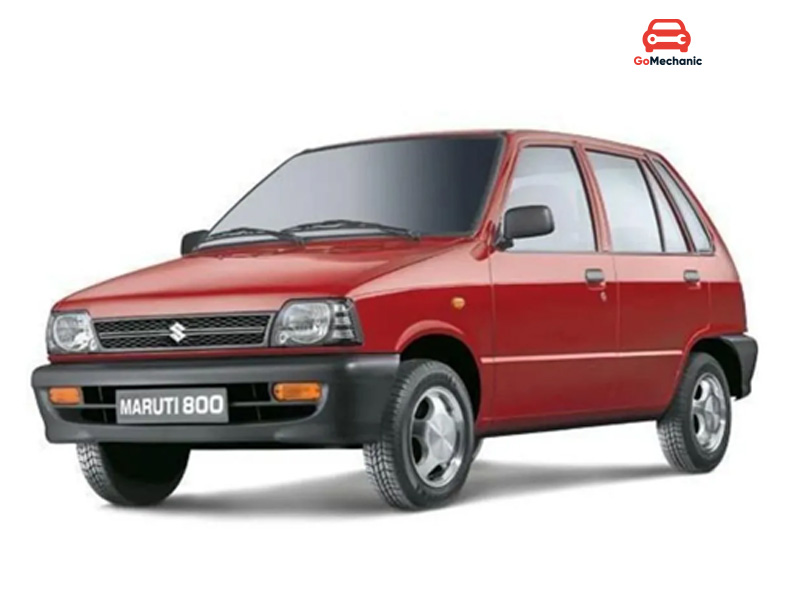
It marked the very important entry into cars for Maruti Suzuki in India. The Maruti 800, with an engine capacity of 800 cc, was a very intact blockbuster and came into place as the front face of Maruti. Another model entered Maruti in the very same year as the launch of the Maruti 800. This was in the shape of the Maruti Omni, which later became the popular choice for being a family and business-used vehicle.
1985: Maruti Suzuki Gypsy
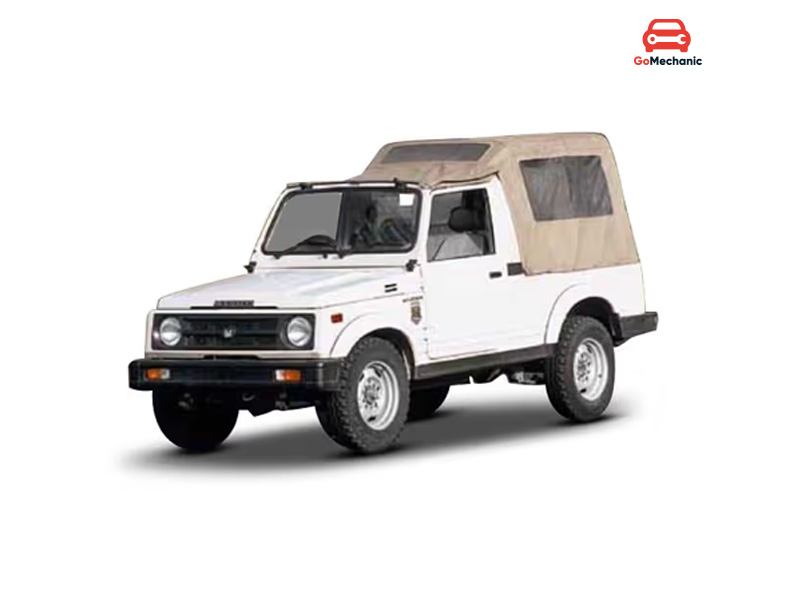
The Maruti Gypsy launched in 1985 was an off-roader SUV, based on the Suzuki Jimny. It brought a storm field by the response from off-road enthusiasts and the Indian military.
Do Read: How the Maruti Gypsy made its name in offroading?
Milestone Turning Point: 1986
Thirteen years later, or in 1986, Maruti produced the 100,000th car and headed for an international mark—one year later-in 1987 and exported the first 500 cars to Hungary, thus entering into international markets.
1989: Maruti 1000
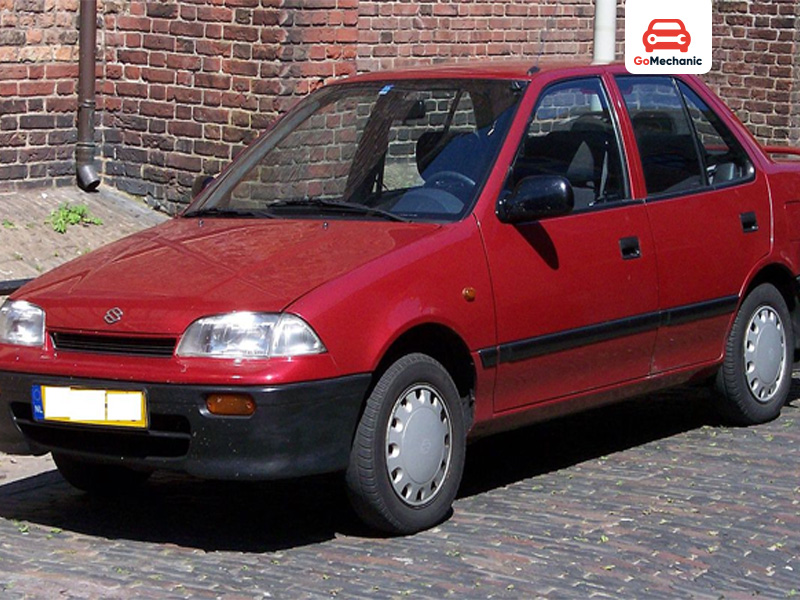
This was Maruti’s Maruti 1000, which was India’s first sedan and launched in 1989. It had a 1.0-litre engine and is said to be excellent off-roading but not for the family sedan.
Expansion: 1990
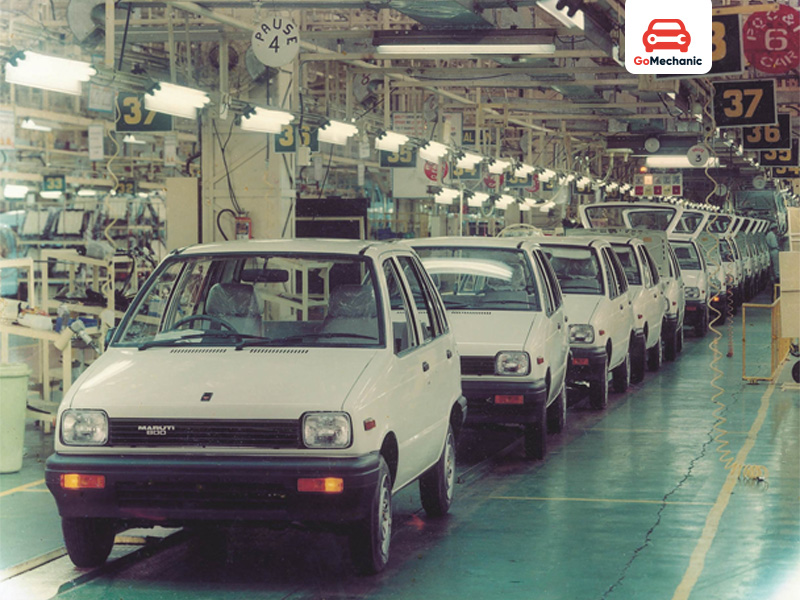
In fact, 1990 was the beginning of an era during which a lot of great contenders were added to the Maruti Family such as the Maruti Zen (in 1993), Esteem (1994), Wagon R (1999), and the Baleno Sedan (1999) that would help Maruti in establishing a really strong compact and premium car network in India. By 1994, more than 1 million had already been sold in India by Maruti.
1998: First diesel car
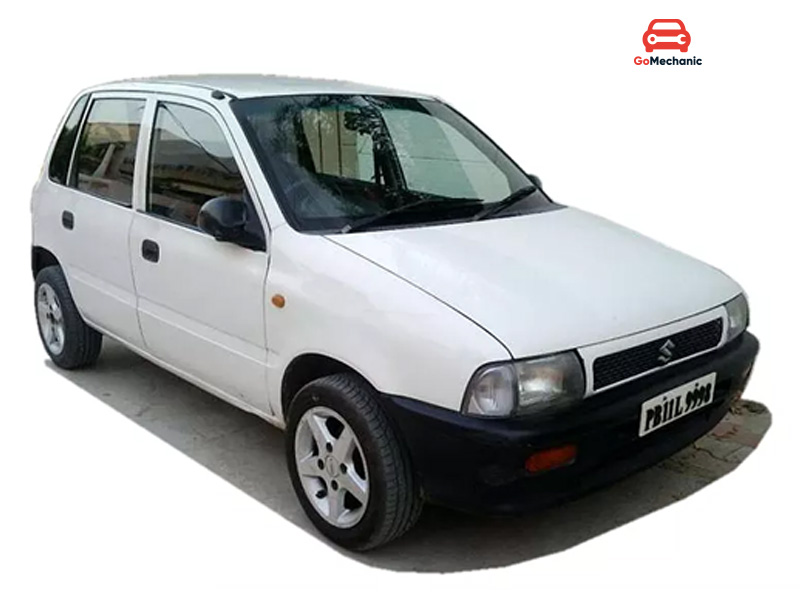
In the diesel segment, Maruti entered for the first time in 1998 through Zen D with 1.5-litre engine capacity.
2004: Alto Overtakes 800
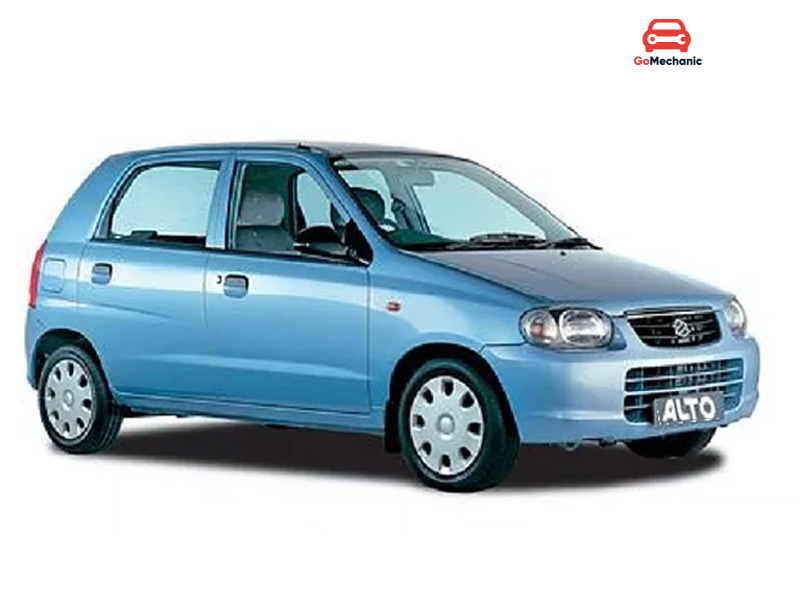
It was in 2004 that the Maruti Alto finally dethroned the 800 as the highest seller in India and held that record until being 2019 exceeded by the Maruti Dzire.
Also Read: 2024 Maruti Dzire Scores 5-Star Rating in Global NCAP
2007: Maruti SX4
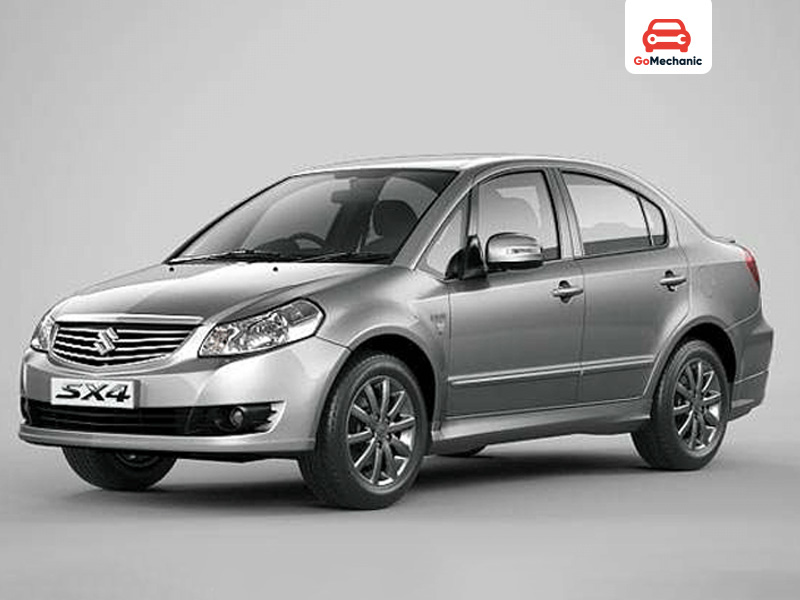
The Maruti SX4, which was launched in 2007, was a premium sedan that drove along quite wonderfully with the petroleum engine. The car had quite some early success but was soon beleaguered as the diesel engine began to make concern, and it was discontinued in 2014.
2015: NEXA
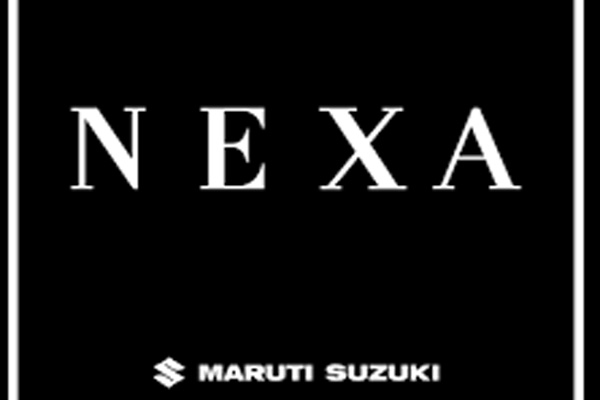
Much of the upscale sales were ushered through NEXA into the premium cars, such as the S-Cross and Ciaz, which are now imported into most of India’s major cities, just like country-specific service and intelligence-pre-defined and marked by their customers-never mind back-end. So the year of 2015 witnessed the inception of Maruti to add up with its earlier sales channel introduced five years ago.
Compact SUV: Vitara Brezza
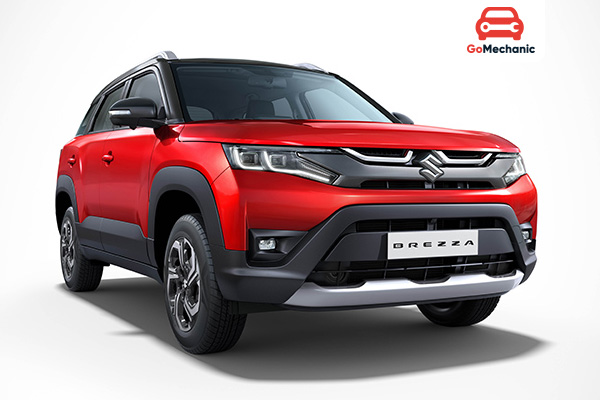
Adept of compact SUVs in 2016, the Vitara Brezza now claims to be a best-seller among all its categories because of its competitive price and fuel efficiency.
2020: BS6 and Beyond
Maruti Suzuki totally abandoned its diesel portfolio on the onset of BS6 emission norms in 2020, and turned to a healthy focus on petrol and CNG furtherations, smarting a facelift for the Vitara Brezza, which has proved itself a market winner year after year.
The Suzuki Partnership: Strengthening Maruti’s Global Footprint
The collaboration with Suzuki Motor Corporation was one of the defining factors behind Maruti’s success. Suzuki brought advanced technology, manufacturing expertise, and a strong global presence that allowed Maruti to widen its offering as well as its capabilities.
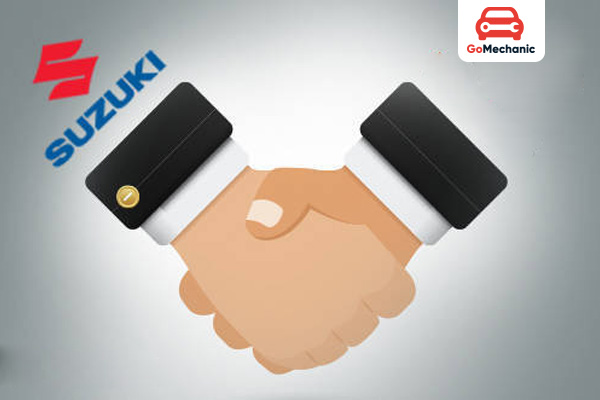
Key Aspects of the Suzuki Partnership:
- Technology Transfer: The technological capability of Suzuki in design and production was critical in the development of quality cars catering to Indian market needs.
- Manufacturing Excellence: Suzuki helped set up modern state-of-the-art production plants, which had a direct improvement on Maruti’s manufacturing capacity and enhanced efficiencies.
- Global Expansion: It also aided Maruti in taking their home-grown operations into new markets around the world by globalizing its marketing operations.
Maruti Suzuki’s Iconic Models: Changing the Indian Driving Scenario
Over the years, Maruti Suzuki introduced many models that became legendary kinds. Each model was instrumental in bringing to bear several facets in building the legacy of the organization.
Iconic Maruti Models:
| Model Name | Launch Year | Key Features |
| Maruti 800 | 1983 | Affordable, compact, and fuel-efficient, it became the car of choice for millions of Indians. |
| Maruti Zen | 1993 | Stylish design, more powerful engine, and a breakthrough in performance and technology for its time. |
| Maruti Swift | 2005 | A global success; known for sporty looks, high performance, and great fuel efficiency. |
| Maruti Alto | 2000 | Compact, budget-friendly, and highly fuel-efficient; remained one of India’s top-selling cars for years. |
| Maruti Ertiga | 2012 | India’s first compact MPV, offering space and comfort for large families. |
Maruti Suzuki India Ltd. Service Channel
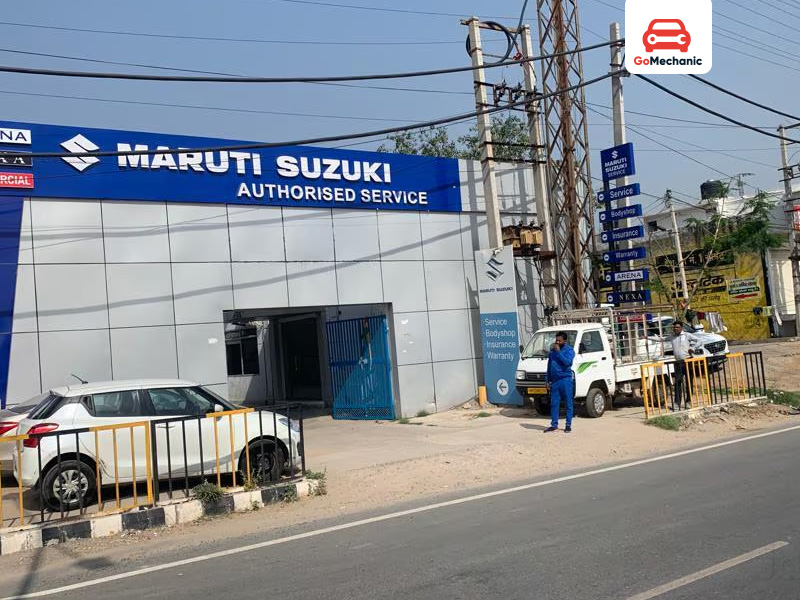
Maruti Suzuki, one of the largest automobile manufacturers in the country. It has instituted an expansive and efficient service channel available to customers across India. The service benefits both the people and the company. It has more than 3,000 service centers spread across the country and boasts the largest service network in India.
Major Subsidiaries of Maruti Suzuki India Ltd.
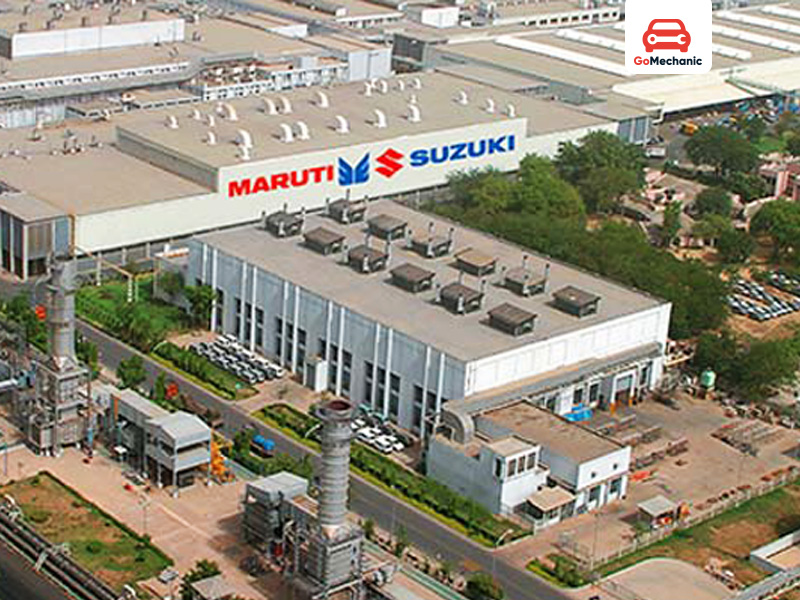
Maruti Suzuki India Ltd. has various subsidiaries:
| Subsidiary | Key Focus |
| Suzuki Motor Gujarat Pvt. Ltd. | Manufacturing plant in Gujarat, India. |
| Maruti Suzuki Powertrain India Ltd. | Engine and powertrain manufacturing. |
| Maruti Suzuki Finance Ltd. | Providing car financing solutions to customers. |
| Maruti Suzuki India Ltd. (International Division) | Handling international sales and exports. |
Expanding Operations: Manufacturing and Distribution Network
Key Manufacturing Plants:
| Location | Year Established | Key Features |
| Gurugram (Haryana) | 1983 | The first plant; it was the birthplace of the Maruti 800. |
| Manesar (Haryana) | 2007 | Larger, more advanced facility for increased production capacity. |
| Kottayam (Kerala) | 1997 | Focus on engine manufacturing and spare parts production. |
Customer-centric Innovations and Post-Sale Services of Maruti Suzuki.

- Servicing Network: Maruti Suzuki has the vast and widest servicing network in India with over 3,000 service centers across the country.
- Customer Care: Maruti has always emphasized a good customer support line; it provides roadside assistance services and maintains high customer satisfaction levels.
- Affordable Ownership: Always affordable maintenance cost, making all its cars affordable for a long time. Maruti Suzuki India Ltd. Service.
Channel Maruti Suzuki has one of the most extensive and efficient service channels across India for its customers. More than 3,000 service centers in India further validate the fact that it has the largest service network in India. Service centers offer varied services ranging from general maintenance to repairs to genuine spare parts.
In addition to the time-honored service outlets specific to vehicles, Maruti Suzuki has taken its first step toward the premium segment cars by launching NEXA as an exclusive platform to cover sales and services associated with them. NEXA offers an experience of premium customer service through which customers enjoy modernized services through tailor-made care and superior quality servicing for cars like Ciaz, Baleno, and Ignis.
Some of the noteworthy milestones achieved by the company are:
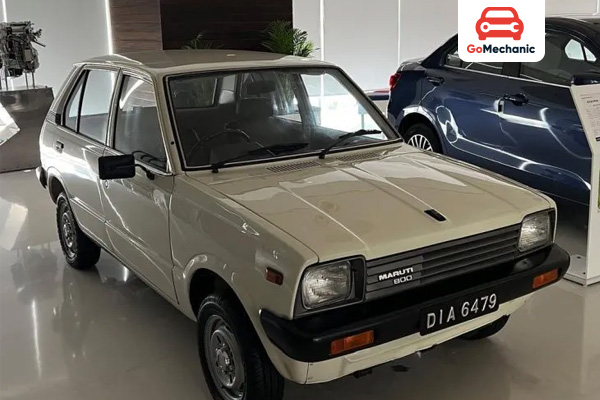
- Launch of the Maruti 800 in 1983.
- Around the middle of the 1980s, the company began to expand into export territories.
- Launch of CNG cars, diesel engines, and electric mobility solutions.
- Launch of NEXA in 2015, tailored to suit the premium segmental requirements of the car.
- Constant innovation, customer-centricity, and an emphasis on building cars keeping the Indian-specific needs have characterized the journey of Maruti Suzuki.
What Does It Take to Be the Biggest Car Manufacturer in India?
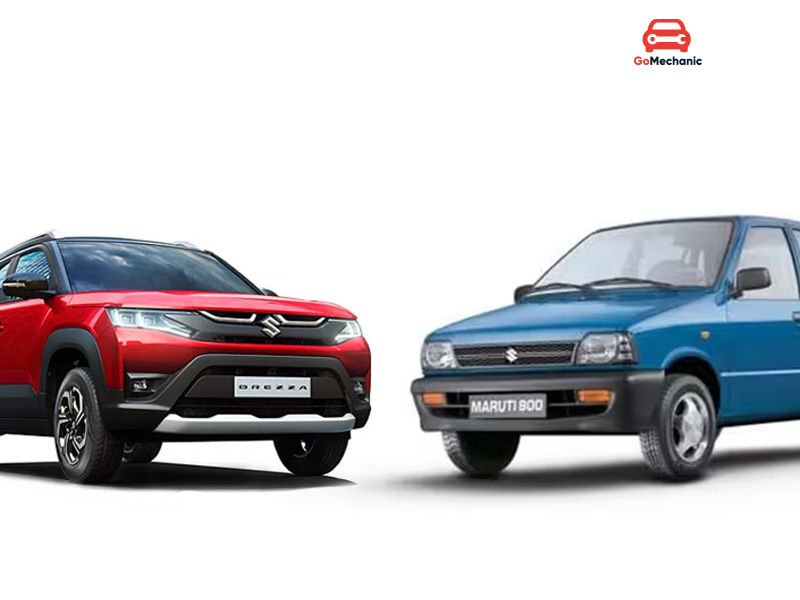
- Innovation: Its products—the Maruti 800 to the Vitara Brezza-are meant for change in the needs and wants of our Indian customers, who have always been innovative. Innovation within affordability is what makes this company stand out from others in this competition.
- Engagement of tight customers: The company has always had a customer-centric aspect that presents vehicles with low maintenance costs and good fuel economy and creates a satisfactory after-sales network.
Related: Maruti Suzuki Safest Car: Redefining India’s Automotive Industry
- Wide Product Portfolio: Be it entry-level hatchbacks or luxury sedans or SUVs, Maruti’s vast lineup covers all customer segments.
- Manufacturing Efficacy: The Company has established massive production bases backed by an effective distribution network on the Indian scape and is thus empowered by those stretches to cater to the needs of a mammoth and heterogeneous consumer base.
- Commitment to Sustainability: The company introduced CNG models; it reduces emissions; it’s an environmentally conscious company.
Setbacks and Challenges: Some failures of Maruti Suzuki
Maruti Suzuki history has not always been all shiny and golden, the company has faced some glitches as well as challenges throughout their journey.
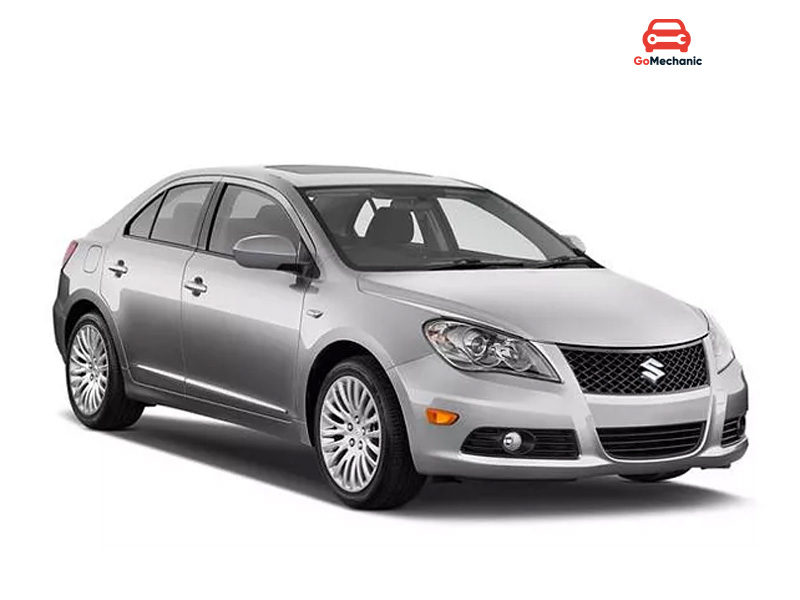
- Suzuki Grand Vitara XL7: Initially introduced as a premium SUV, the model was later discontinued on account of extreme pricing that failed to penetrate the Indian market.
- Suzuki Kizashi: Not to be mistaken with another premium offer regarding ultra-luxury, the metro city failed to notice the sedan, all due to its unreasonable pricing and undefined import duties.
Nevertheless, Maruti Suzuki can adapt and remain focused on its core strengths to maintain leadership status in the market.
Environmental Commitment: Green Initiatives
Maruti Suzuki has consistently been working towards bringing down the environmental impacts of its cars and has always been introducing eco-friendlier solutions.
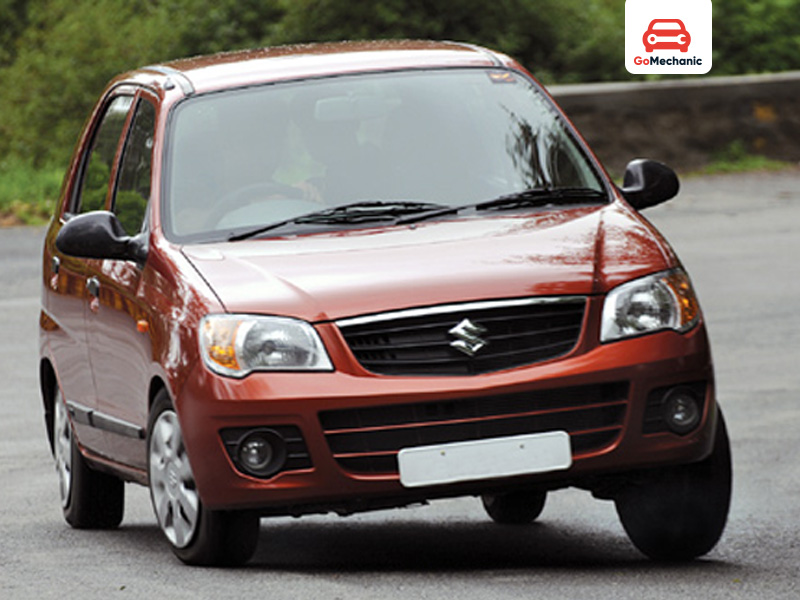
- Alto 800 (2010): The first car under BS IV emission standards in India.
- CNG Cars: CNG versions of many models, such as Alto, Wagon R, Eeco, and many others help reduce pollution levels and improve fuel efficiency.
- The hybrid technology is Celerio from Maruti Suzuki, which was launched with Auto Gear Shift (AGS) in 2014 and proved to give better mileage with lesser emissions.
Presently, Maruti Suzuki is such a manufacturer of automobiles in the penal finances of India, as it possesses the highest market share for manufacture in automobiles, and this company has a very broad line of vehicles, from compact cars to SUVs and MPVs, and company has been a trusted name in the minds of Indian consumers.
Maruti Suzuki Today
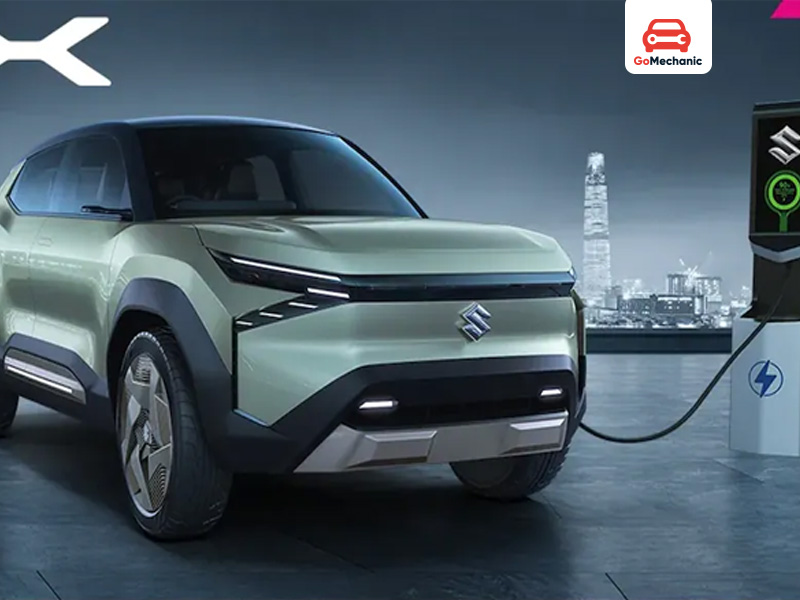
- Leadership in automobile manufacturing segment: Maruti Suzuki has wrested above 40 percent of the market share in passenger cars in India.
- Sustainability and innovations: Maruti Suzuki is now emphasizing a lot of investments into electric mobility and plans to introduce different new EVs in the upcoming years to meet expected future requirements for eco-friendly transportation.
Also Read: Best Selling Maruti Cars in India
In the Future of the Maruti Suzuki: Electric and Smart Technologies
Investing resources in electricity and smart technologies is part of Maruti Suzuki’s vision toward the future. The company earlier issued a statement about developing electric cars on the backdrop of increased consumer demand for sustainable and green transportation.
Maruti’s Future Key Focus Areas:
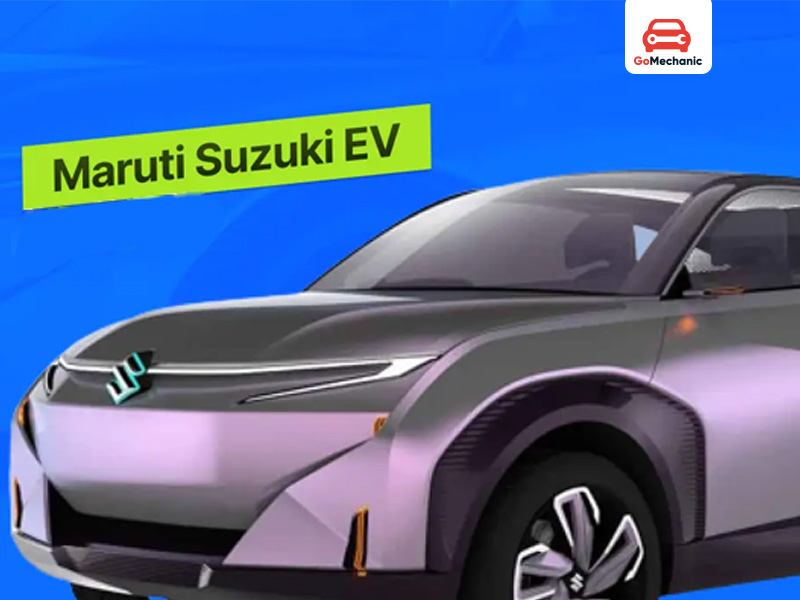
- Electric Mobility: To usher in electric vehicles (EVs) by 2025 with advanced technology features to curb carbon footprints.
- Autonomous and Connected Vehicles: Maruti is concentrating on AI and IoT integration in its cars in futuristic systems like voice recognition, remote diagnostics, and more.
- Sustainability Goals: The organization has committed itself to the reduction of carbon emissions through fuel efficiency improvements with every new model.
Conclusion
Maruti Suzuki history is an example of how innovation, ensuring high quality, and a customer-first approach can mean growth. Innovation right from the production of the Maruti 800 right through to today’s stages of electric mobility, has changed the very way that Indians are driving. Maruti Suzuki is here to stay with its stronghold domestically and across international markets. The company’s future seems bright under what it is doing to lead the automobile industry, focusing on sustainability, technology, and consumer satisfaction.
Maruti Suzuki is indeed an endless undergoing journey, and each passing year sees it growing and developing to shape the future of mobility in India and beyond.
FAQ’s
1. Which car was the first car brought by Maruti Suzuki?
The first car to be launched by Maruti Suzuki was the Maruti 800 brought in 1983. It soon emerged as one of the iconic car profiles being an affordable, compact, and fuel-efficient model which indeed turned the Indian car market upside down.
2. What made Maruti Suzuki a market leader in India?
The affordability and fuel efficiency of cars suitable for India are offered by Maruti Suzuki to edge the rest in the market. Because of continuous innovation, customer-focus, and a wide service network, it strengthened its hold in all vehicle segments.
3. How did the association of Suzuki contribute to Maruti’s success?
The tie-up with Suzuki Motor Corporation granted Maruti a higher level of technology, a greater stamp of know-how in manufacturing, and most importantly, global marketing opportunities which helped them build international quality cars at an affordable price at both domestic and international levels.
4. What is the future of Maruti Suzuki in India?
Maruti Suzuki is gearing to the future-steer electric mobility with state-of-the-art smart technologies like AI and IoT in cars. It will have its first electric vehicle on board by 2025 in tune with increased demand for cleaner modes of transport.






Safety us Paramount. Sooner Maruti realises more Will be the sales
Hi Sunil,
That is completely true, the NEXA offerings from Maruti Suzuki are getting better on the safety part although there is a long road ahead of it. Stay pinned!
Hi Sunil,
This is true that Maruti Suzuki has to see the safety part too as it is India’s largest carmaker. Maruti Suzuki really needs to make sure that the cars that carry India are safe. Stay tuned for more!
You did not mention about Swift & Swift Dzire !